Red Light Therapy Dosing Guide
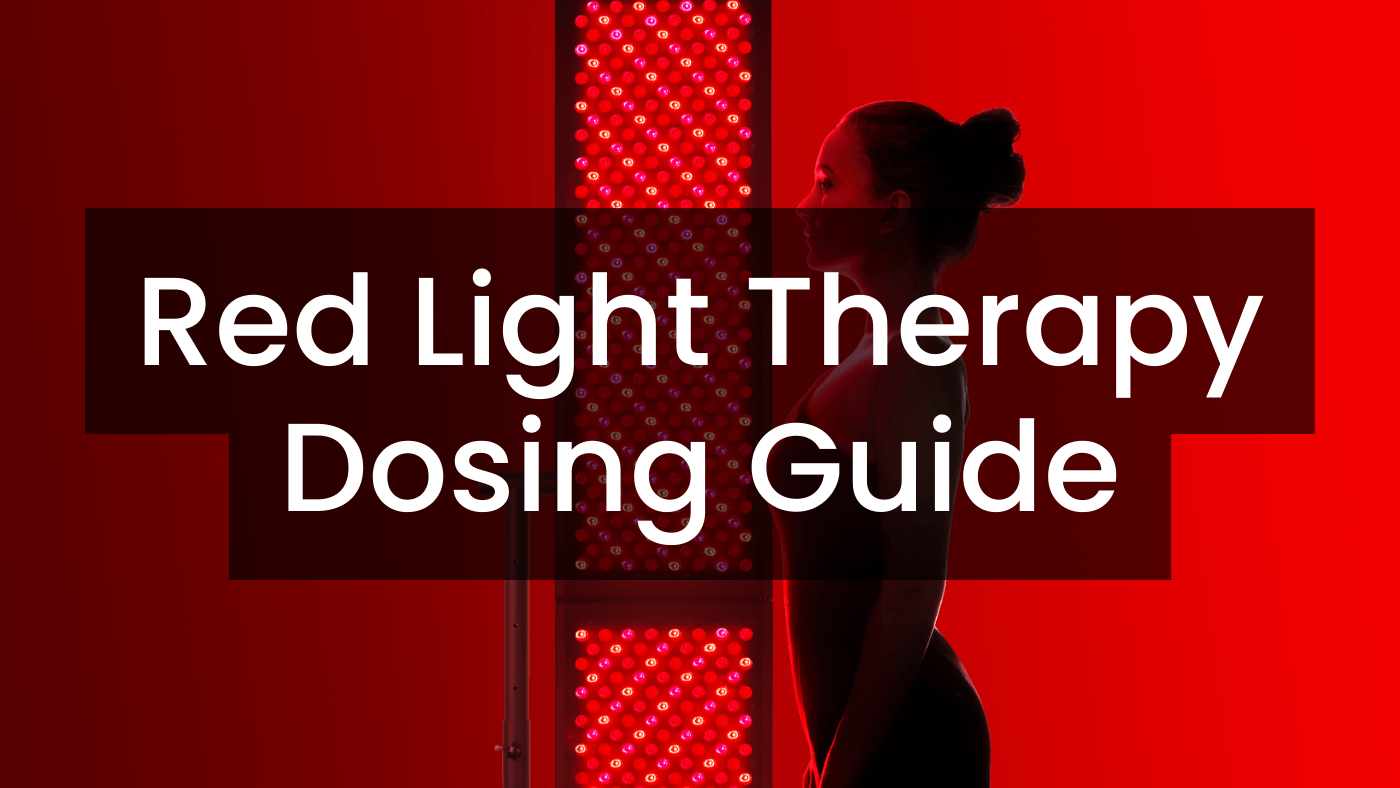
To get the most out of your red light therapy sessions, you will need to have an understanding of light therapy dosing. Without knowing why you are spending a certain amount of time under the light and why you are a specific distance away from it, you will likely end up with ineffective treatment. To get a suitable dose of red light therapy, you must first know the strength of the light you are using.
If you just want to use our calculator and are not interested in all the technical information, you will need the following information:
- The power density of your light: ‘How can I measure the strength of the light’
- The dose you want to use: ‘What is the ideal dose’
How can I measure the strength of the light?
Any reliable manufacturer will have light intensity figures, also known as irradiance, freely available. These should be taken from different distances.
These figures should be measured ideally by a third party or, if done in-house, then with a suitable instrument. Not a solar power meter.
A solar power meter will massively overestimate the actual irradiance and is often the figure quoted by manufacturers to make their devices seem higher powered than they actually are.
NOTE: Stay away from manufacturers who:
- Will not give you details of the power density (the devices have probably not been tested or are just not powerful enough to use for treatment)
- Only give details of the maximum power density (this is likely at a range which is of no use for treatment and not indicative of real-life performance)
- Quote figures that are taken from a Solar Power meter
What is a good power density?
It is important to understand:
- The further away from a light source you go, the less powerful it will be.
- The further away from the light source you are, the larger the area you can treat at once.
For these reasons, it is important to get a device with a high power density at a minimum of 6 inches and preferably a decently high power output at 12-18 inches.
Larger, more powerful devices will allow you to receive a higher density over a larger area.

Most medical studies that we have looked at used a device with a power density of between 20 and 200 mW/cm².
You can play around with our calculator to find out how both distance and strength change the amount of time you will need to spend under the light.
What do you mean by light therapy dose?
The dictionary definition of dose is as follows:
noun
https://www.dictionary.com/
a quantity of a medicine or drug taken or recommended to be taken at a particular time.
When we talk about dose, we are talking about the quantity of light therapy you are exposing yourself to.
How do I calculate the light therapy dose?
The dose is calculated using the formula:
Dose = (Power Density x Time) x 0.001
Most studies and literature use the same standardized units and measurements when calculating the dose. These are:
- Dose: J/cm²
- Power Density: mW/cm²
- Time: Seconds
If you followed the first section of this article, you can find out what the mW/cm2 of your device is.
If you use a device that emits 25 mW/cm2 and you are under the light for 40 seconds, the dose you have received is :
(25 power density x 40 seconds )x0.001 = 1J/cm²
Therefore, using a device that has a power density of:
- 25 mW/cm2 for 40 seconds give 1 J/cm²,
- 50 mW/cm2 for 20 seconds give 1 J/cm² and
- 100 mW/cm2 for 10 seconds give 1 J/cm²
What is the ideal dose?
Too little of a dose and the treatment will be ineffective and a waste of your time. Studies show that too much of a dose is also a waste of time and ineffective.
The literature is split on the best dose as many different studies have used different doses, each giving different results.
What we can be certain of is that the dose you want to aim for is somewhere between 3 J/cm² and 50 J/cm²
The dose that you want to aim for depends on the issue you are looking to treat.
Broadly speaking,
-
For skin issues and anti-aging benefits, you want a dose of somewhere between 3-15 J/cm².
- Around six appears to be a good figure to aim for, providing proven benefits within a reasonable treatment time.
-
For Deeper tissue issues, we are looking for a dose of between 15-50 J/cm², with around 30 being the best for time/effect ratio.
- Around 30 appears to be a good figure to aim for, providing proven benefits within a reasonable treatment time.
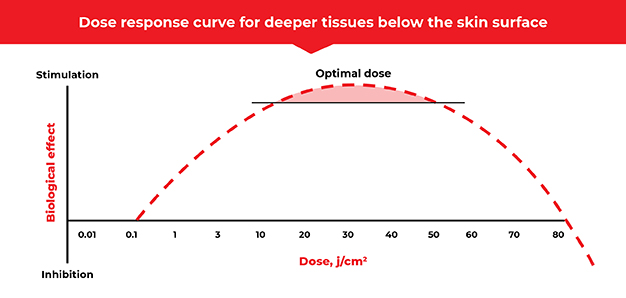
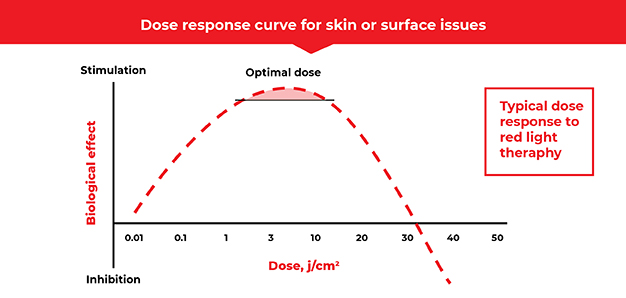
How have we come up with this figure?
We looked at various medical studies performed over the years and found those with positive results.
Generally, a lower dose at a greater distance (12”+) with a lower power density seems to be ideal for skin and anti-aging benefits.
A higher dose at a closer range (6-12”) with a higher power density seems to be ideal for deeper tissue issues.
What is clear is that more exposure to red light does not necessarily mean better results.
There appears to be a clear correlation between a large dose of light therapy and a biphasic dose response. [2]
How long should I use my red light for?
To work out how long you should be using your red light, you must do some basic math.
Take the dose you want to achieve and divide it by the power density of your light (at the distance you will be using it) times 0.0001
Time = Dose ÷ (Power density x 0.001)
Let’s say you want a 10 J/cm2 dose, and the power density is 25 mW/cm2
10 / (25×0.001) = 400
You would need to treat yourself for 400 seconds to receive the required dose.
You do not need to do the math yourself, we have a calculator that will do it for you.
FAQs
What is power density?
Power density is the strength of light at a designated point.
Is a J/cm² dose always the same?
No. Different strengths of light can have different results. As discussed earlier, high power intensity at a close distance is good for treating deeper tissue, whereas lower power density at a further instance is better for skin and anti-aging purposes
The following calculations give the same total dose, although would be used for different purposes:
- 10 mW/cm² x 100 secs = 1 J/cm²
- 200 mW/cm² x 5 secs = 1 J/cm²
Be mindful of what you are trying to accomplish with your red light therapy treatment protocol, and use the appropriate power density and distance.
How can I find out the power density of my device?
You can ask the manufacturer but take what they say with a pinch of salt. Many give inflated or incomplete information to make their devices look better.
References:
[1] Huang YY, Sharma SK, Carroll J, Hamblin MR. Biphasic dose response in light therapy – an update. Dose Response (2011) 9:602–18. 10.2203/dose-response.11-009.Hamblin
[2] Hamblin, M, et al. (2018). Low-level light therapy: Photobiomodulation. Society of Instrumentation Engineers (SPIE)
Images used in this article have been used with thanks, under the creative commons license from the following sources:
osseous |Samsclub






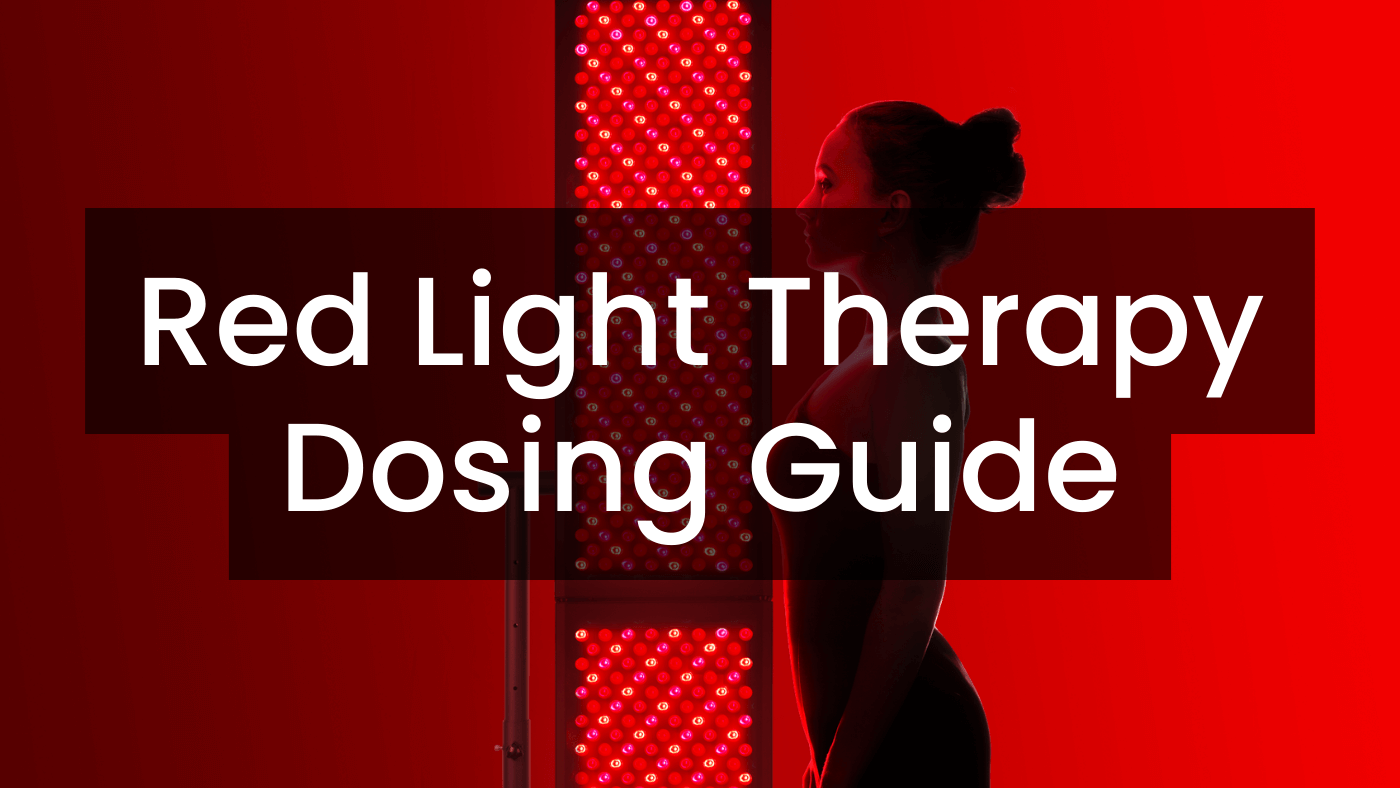
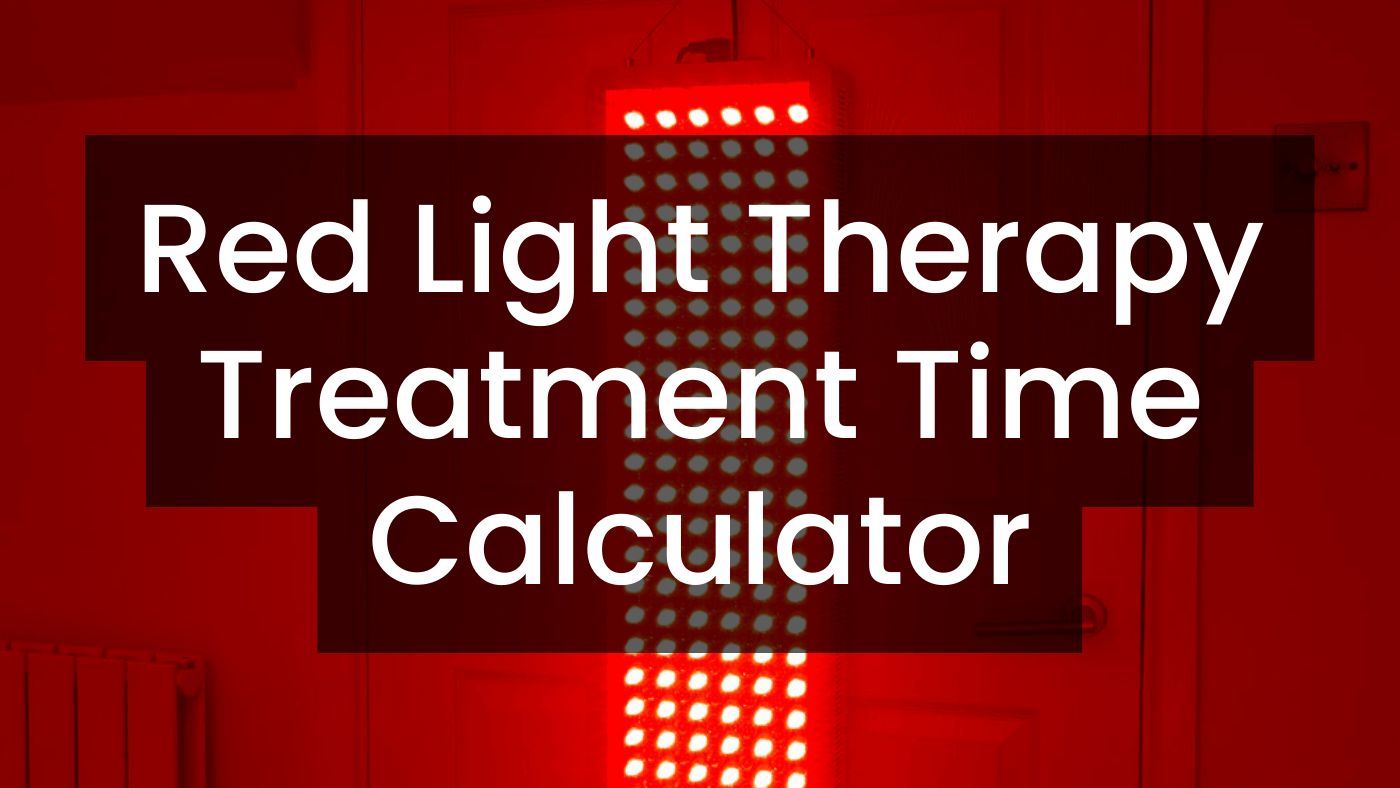
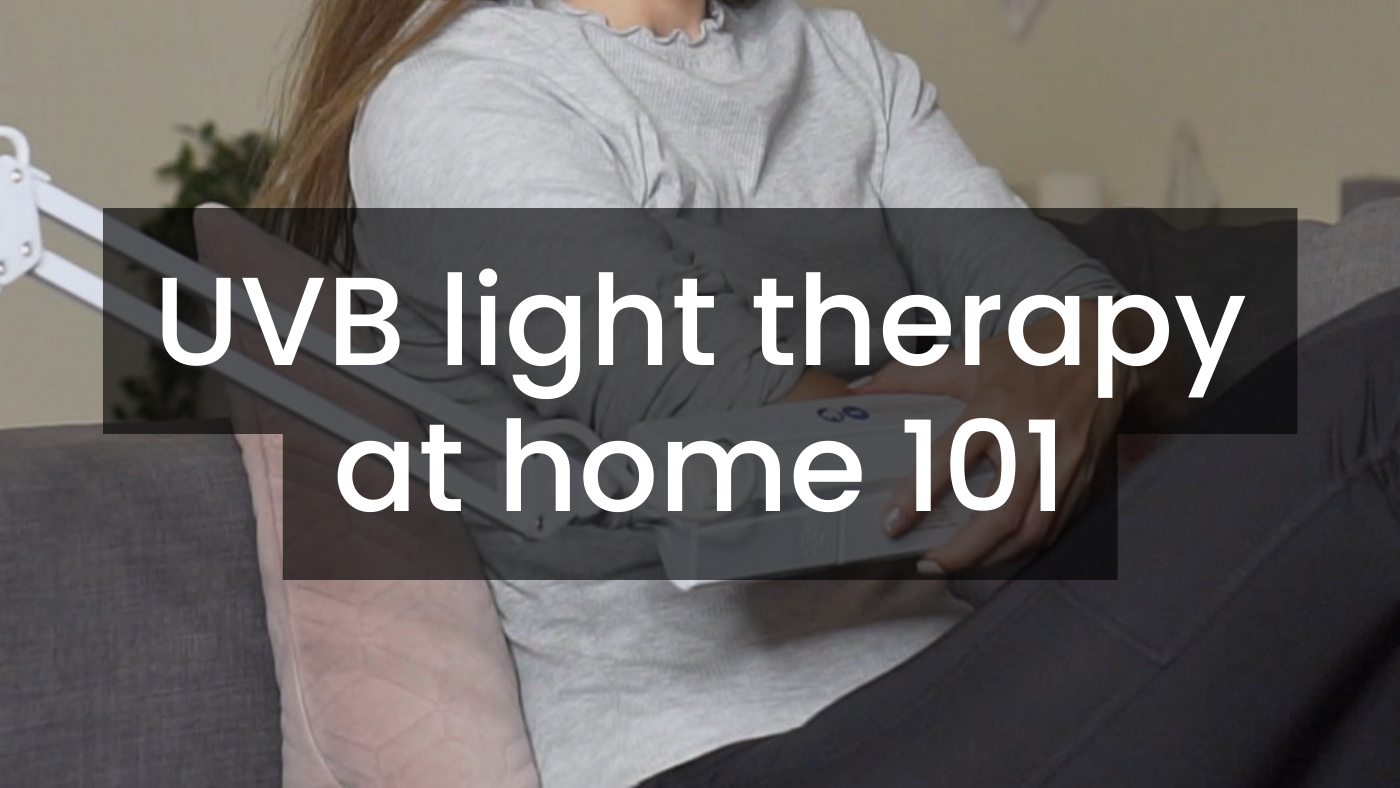
Leave a comment